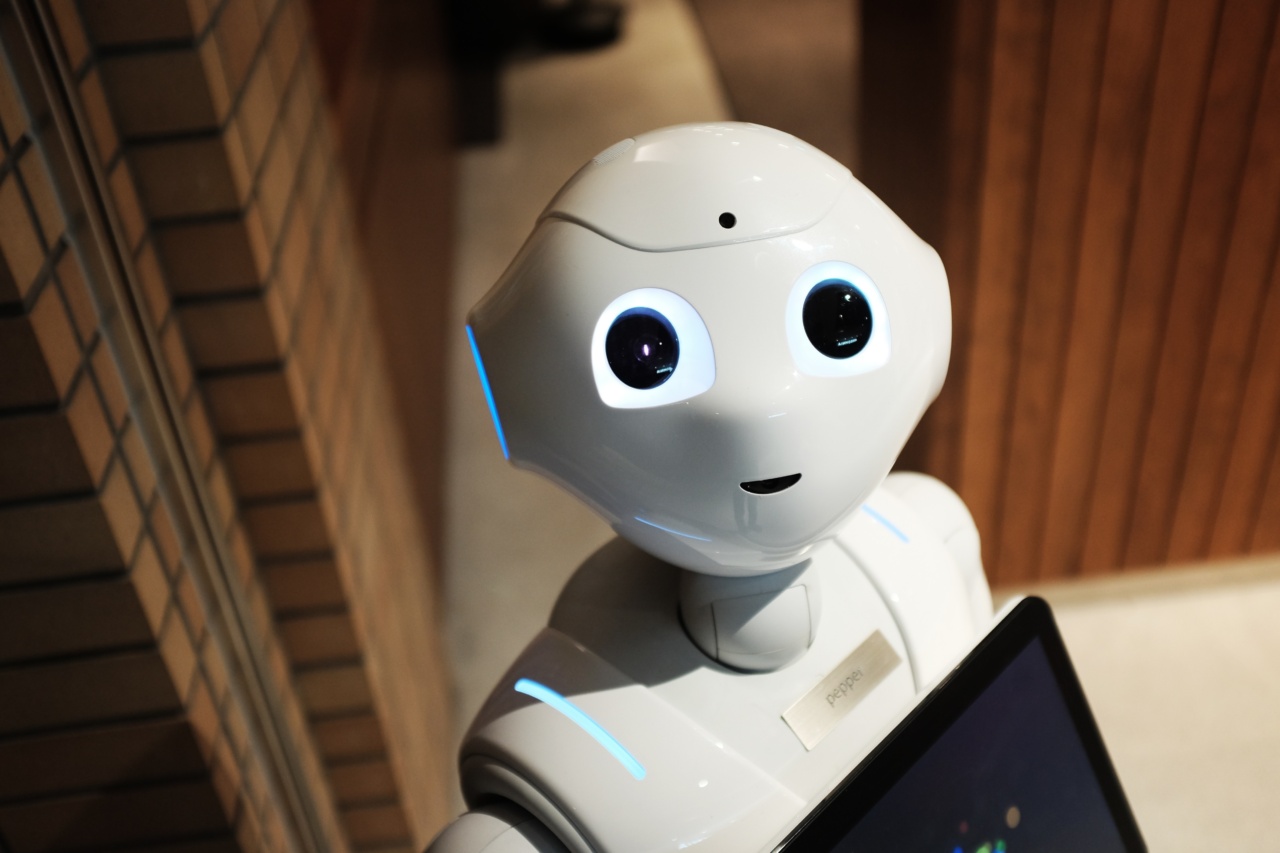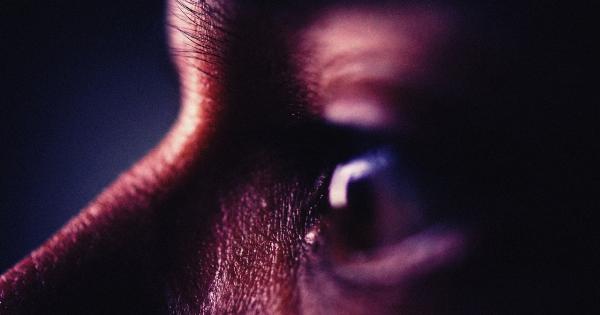In recent years, there have been numerous groundbreaking developments in cancer diagnosis and treatment. Now, a new technology has emerged that’s turning heads.
The latest innovation comes from a group of scientists who have developed a method for detecting cancer through the sense of smell.
The Science Behind Cancer Detection With Odor
The human nose has the ability to detect a wide range of smells. That’s because of the olfactory receptors, the cells in the nose that detect scent molecules. These receptors can detect trillions of different scents.
Recent studies show that cancer cells produce specific volatile organic compounds (VOCs) that are different from the VOCs that healthy cells emit.
Researchers have found that the differences in the VOCs could be used to differentiate between healthy and diseased cells.
Scientists have been exploring the potential of using dogs for cancer detection since the 1980s.
A study published in the Journal of Urology found that specially trained dogs could detect prostate cancer in urine samples with an accuracy rate of up to 98%. This prompted researchers to look into creating a machine that could mimic the dog’s sense of smell.
The Development of Electronic Noses (Enoses)
Inspired by the canine cancer detection studies, researchers have been working on ways to capture and analyze the VOCs produced by cancer cells. The result is a technology known as an electronic nose (eNose).
An eNose works by taking in a sample of air and analyzing it with sensors. Each sensor is programmed to detect specific chemical compounds.
Combining the data from each sensor allows the eNose to create a unique ‘smell print’ that can be used to identify the type and stage of cancer present.
The Promise of Enose Technology
Enoses are still in the early stages of development, but the results of trials and studies have been promising. In recent years, several research teams have been working on developing and testing eNoses for cancer detection.
One such team is based at the Israel Institute of Technology, where scientists have been developing and testing an eNose for colon cancer detection.
In 2019, the team published a study in the journal ACS Nano, which showed that their eNose was able to detect colon cancer with an accuracy rate of up to 86%. The team is now working on improving the technology to increase the accuracy rates.
Another study, published in the Journal of Breath Research, tested an eNose in detecting lung cancer. The eNose was able to accurately detect cancer in almost 90% of cases.
While these results are promising, researchers are still working on refining the technology to increase the accuracy rate.
The Advantages of Enose Detection Technology
The development of eNose technology for cancer detection has several potential advantages. For one, it could provide a non-invasive alternative to current cancer screening methods that involve blood tests or tissue biopsies.
Not only would this be more comfortable for the patient, but it could also be more cost-effective and efficient.
The use of eNoses could also lead to earlier detection of cancer, which could improve treatment outcomes. With early detection, doctors could provide treatment before the cancer has the chance to spread or become more advanced.
One potential use for eNose technology is in population-based screening programs for cancer. If the technology can be refined to be more accurate and reliable, eNoses could be used to screen large groups of people for cancer.
This could lead to earlier detection of cancer and ultimately save lives.
Limitations of Enose Technology for Cancer Detection
While the development of eNose technology is exciting, there are still some limitations to its use in cancer detection.
One limitation is that the technology is still in the early stages of development, and more research is needed to determine its accuracy and reliability.
Another limitation is that the eNoses only detect VOCs that are associated with cancer cells.
They do not provide information about the size or location of the cancer, which means that a biopsy may still be necessary to complete diagnosis and treatment planning.
There’s also the issue of cost. Developing and using eNoses for cancer detection requires sophisticated technology and highly trained professionals to operate the machines. This could make the technology inaccessible to some areas or populations.
The Future of Cancer Detection Technology
Regardless of its limitations, the development of eNose technology is an exciting advancement in the field of cancer detection. These devices have shown promise in detecting several types of cancer, including lung cancer and colon cancer.
With further research and development, eNoses have the potential to provide earlier and more accurate cancer detection, leading to improved treatment outcomes and ultimately saving lives.
The Role of Technology in Modern Healthcare
The development of eNose technology is just one example of how technology is changing the face of modern healthcare. Advances in technology are making healthcare more accessible, efficient, and effective than ever before.
Technologies like electronic health records (EHRs), telehealth, and wearable devices are transforming how healthcare is delivered.
Patients can check in with their doctors remotely, receive personalized treatment plans, and monitor their health from the comfort of their own homes.
As technology continues to develop, we can expect to see even more innovative solutions for healthcare delivery and management. From cancer detection to personalized medicine, technology is revolutionizing the way we approach healthcare.
























